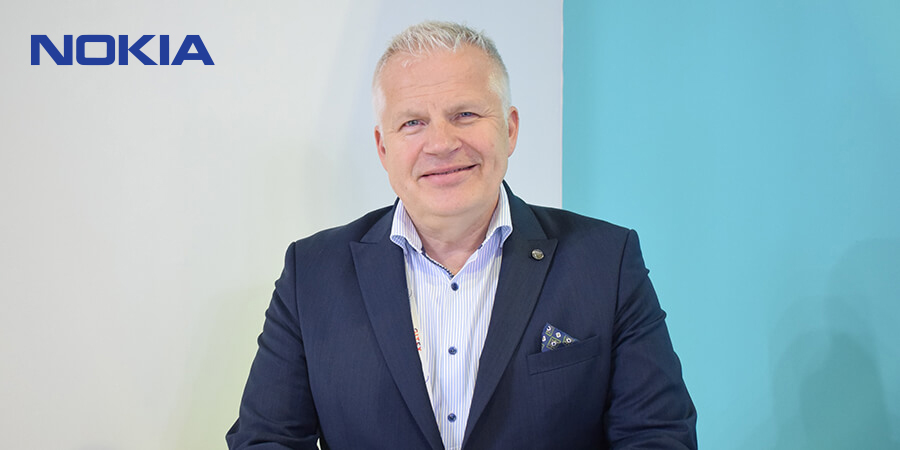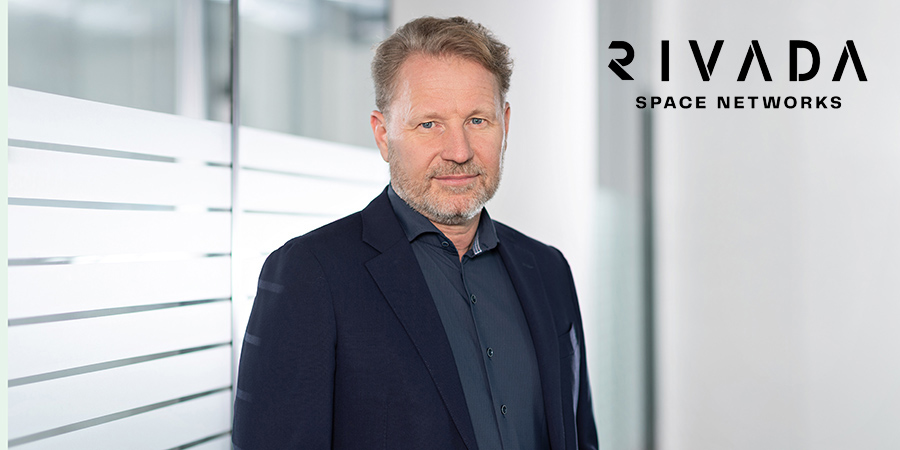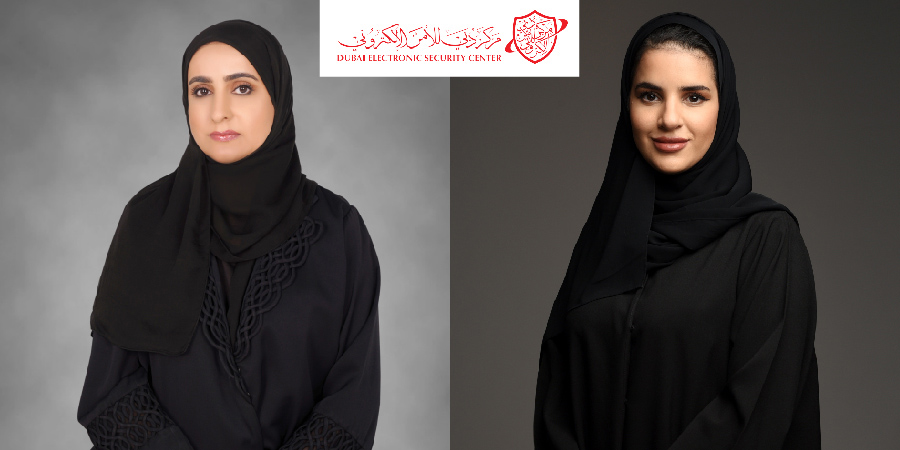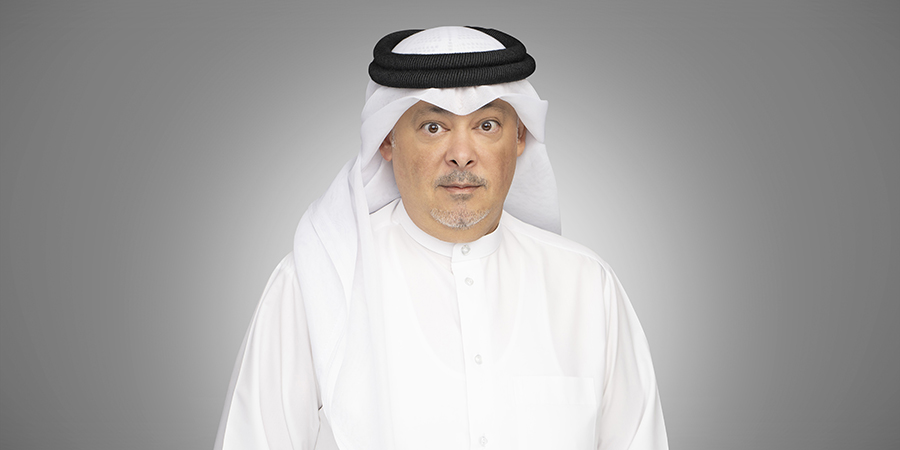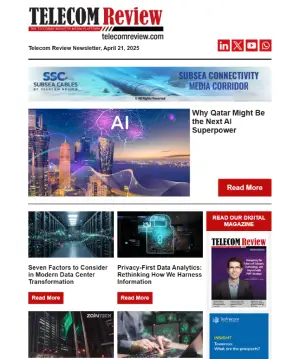Mikko Lavanti, senior vice president, Mobile Networks, Middle East and Africa, Nokia, shares with Telecom Review Nokia’s latest technology and solutions that are advancing 5G toward the 6G era.
Nokia has taken the lead in defining the fundamentals for 5G and beyond. Can you share with us a brief about your GITEX panel discussion on 6G and how it will become a reality by 2030?
I am excited to be here in GITEX today. It’s one of the leading shows globally and here in the Middle East and Africa. I was talking in the panel about 6G or the path to 6G, starting from the point of view that 5G is still the reality for us. During the last 40 years, the various generational networks (1G to 3G) were built for human-to-human communications, and then with 4G, we started to talk about human-to-machine communication with fast internet connectivity. Now, when we move via the 5G advanced as an evolution towards 6G, the 6G will become the network of sensing. At GITEX, we’re talking about our 2030 vision, and we’ll talk more about the network as sensing and the ultra-fast communications with AI and ML that will change when we get into the 6G era. However, before that, we will be focusing on the implementation of the 5G and 5G-advanced networks.
Nokia’s mobile network portfolio brings together the world’s people, machines and devices. How will it continue to impact the MEA region specifically?
At Nokia, we have created technology that helps the world act together. Our portfolios continue to work on a couple of key topics. Sustainability is one of them. The energy efficiency of our products takes care of our carbon footprint, but we are also looking at the handprint. Nokia implements a circular economy to address the impact of our technology. So, the portfolio that we are showcasing here demonstrates the pride that we take in the ethical aspects of the business. On our integrity day, which is today (Oct 11), we take pride in stating that we are the most ethical company in the world, and for this industry and the region, this is extremely important also.
What solutions are you focusing on deploying within the MEA region, and how will this push telcos toward digitalization, resilience and sustainability?
We have a huge variety of customers in the region. In the Gulf – the UAE, Saudi Arabia and other countries – we have some of the most advanced customers in the world. On the other hand, we have customers in Africa with very low ARPU who are still focusing on 2G/3G. We are showcasing our latest ReefShark chipsets for 5G rollouts, 32 x 32 as well as 64 x 64 massive MIMO – these are active antennas that weigh only 17 kilos with the least wind load compared to other industry products. This means that our customers can build the networks in the same environment without the need to strengthen the towers. Our HIPAA products can be combined with 2G, 3G, 4G and 5G into one antenna unit, and that helps the customers save space. Our latest baseband technology – an outdoor version of multiple plug-and-play solutions – helps our customers to build their networks as well. We also have our latest indoor coverage solutions that use the latest industry-leading ReefShark chipset technology.
What is unique about Nokia’s participation in GITEX this year?
We are showcasing our 2030 technology vision, which highlights the network of sensing. We have developed an application that shows how a digital twin is created in the metaverse, which is a key topic today. We are also showing our network-slicing solutions. Our unique network slicing solution can be used with Android devices with 4G and 5G, unlike our competitors. That has created huge interest from our customers, which provides dedicated and secure resources for them. These are some of the key highlights of our portfolio that we are showcasing.



